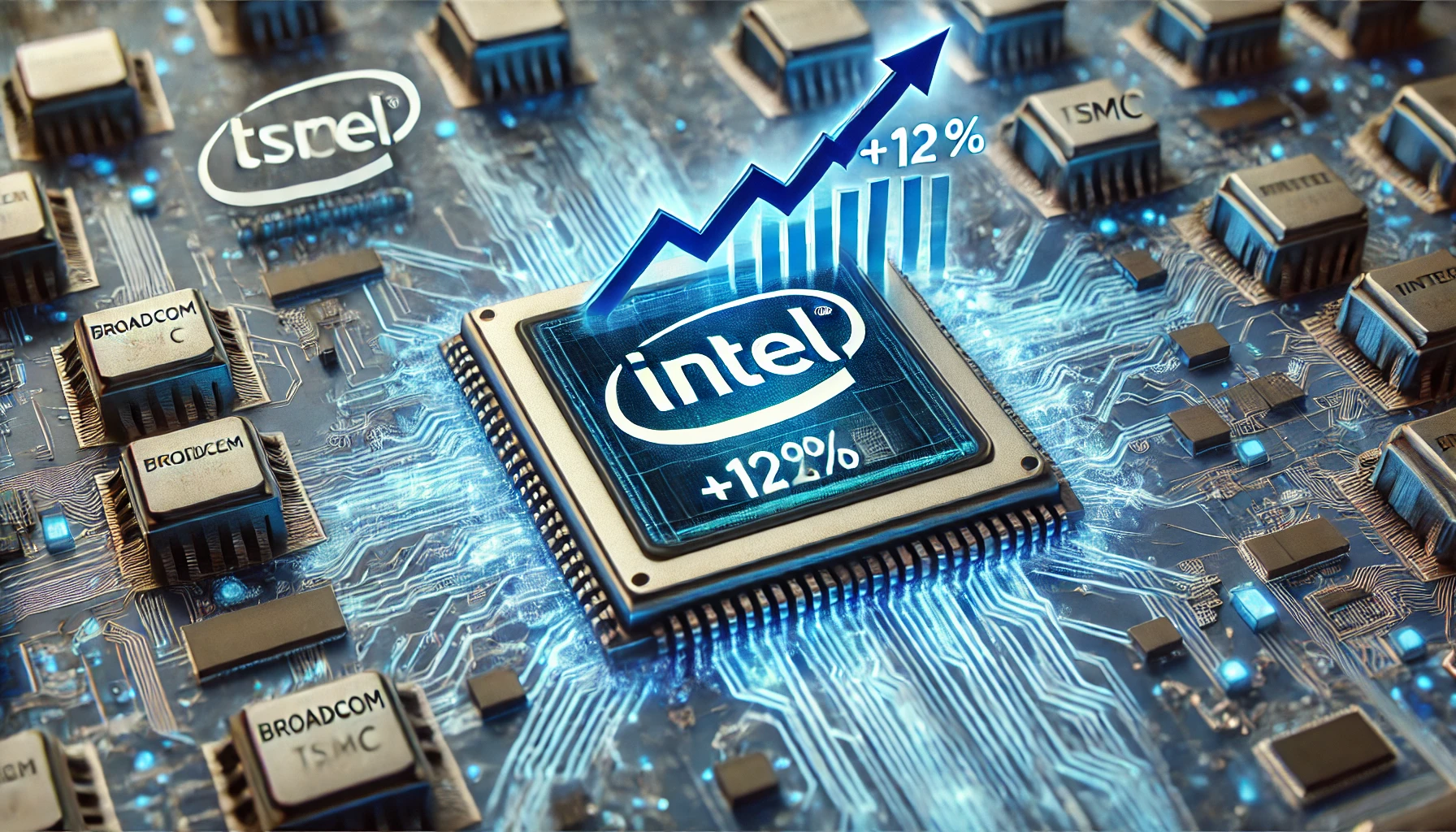| Key Points: – $500B U.S. investment includes Houston AI server factory opening 2026. – 20,000 new jobs focused on R&D, engineering, and AI development. – Announcement follows Trump meeting amid renewed |
Apple has unveiled ambitious plans to inject $500 billion into the U.S. economy over the next four years, with a significant focus on artificial intelligence infrastructure. The technology giant announced Monday that it will partner with manufacturers to build a 250,000-square-foot AI server facility in Houston, Texas, dedicated to producing hardware for Apple Intelligence, the company’s AI personal assistant that powers iPhones, iPads, and Mac computers.
This massive investment comes at a pivotal moment for Apple as it navigates growing tensions between the U.S. and China. The announcement follows a recent meeting between Apple CEO Tim Cook and President Donald Trump, who has reintroduced tariffs on Chinese imports. With Apple historically dependent on Chinese manufacturing for its devices, this U.S.-focused investment signals a strategic pivot in its production approach.
“We are bullish on the future of American innovation, and we’re proud to build on our long-standing U.S. investments with this $500 billion commitment to our country’s future,” said Apple CEO Tim Cook in the announcement.
The Houston facility, expected to begin operations in 2026, represents just one component of Apple’s comprehensive investment strategy. The company plans to hire approximately 20,000 new employees across the United States, with positions concentrated in research and development, silicon engineering, software development, and artificial intelligence.
Apple’s investment will extend beyond direct manufacturing to include doubling its U.S. Advanced Manufacturing Fund to $10 billion, establishing a new manufacturing academy in Michigan, and expanding R&D investments in cutting-edge fields like silicon engineering. The company also emphasized its content production for Apple TV+, which currently spans 20 states.
This investment announcement arrives as Apple accelerates its push into artificial intelligence with Apple Intelligence, its AI assistant unveiled earlier this year. The Texas server facility suggests Apple is building infrastructure to support more advanced AI capabilities while keeping sensitive data processing within U.S. borders—a growing concern for tech companies handling vast amounts of user information.
Apple highlighted its substantial economic contribution to the United States, noting it has paid more than $75 billion in U.S. taxes over the past five years, including $19 billion in 2024 alone, positioning itself as one of the nation’s largest corporate taxpayers.
The investment plan represents Apple’s response to mounting pressure from the Trump administration regarding U.S. manufacturing. Earlier this month, President Trump signed an order imposing additional 10% tariffs on Chinese goods, supplementing existing tariffs of up to 25% established during his first term. These trade policies have created significant challenges for companies like Apple that rely heavily on global supply chains centered in Asia.
By committing to this historic U.S. investment, Apple appears to be strategically addressing political pressures while simultaneously building the infrastructure needed to support its AI-driven future. The company’s decision to focus on AI server manufacturing also indicates its long-term commitment to developing proprietary AI solutions rather than solely relying on third-party providers like Google or OpenAI.
Industry analysts view this investment as a significant move that could inspire other tech giants to increase their U.S. manufacturing presence. The Houston facility in particular represents a strategic choice, capitalizing on Texas’s growing reputation as a technology hub outside of traditional centers like California and New York.
As competition in AI technology intensifies among major tech companies, Apple’s substantial investment in domestic AI infrastructure suggests the company is positioning itself for a future where AI capabilities become an increasingly critical differentiator in consumer technology products.













